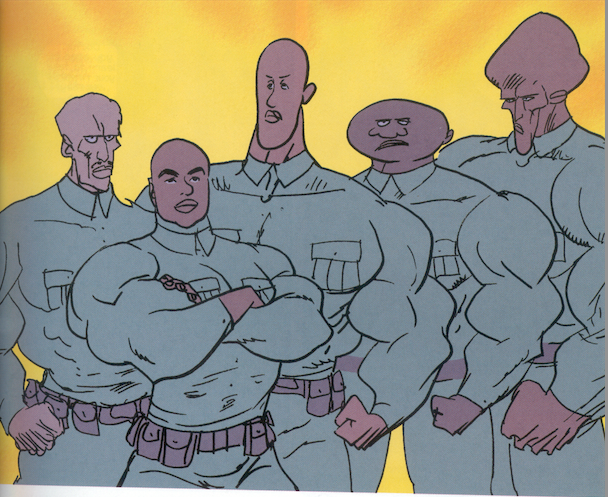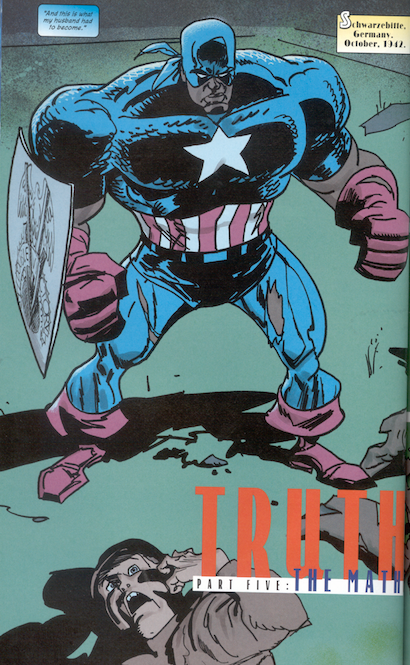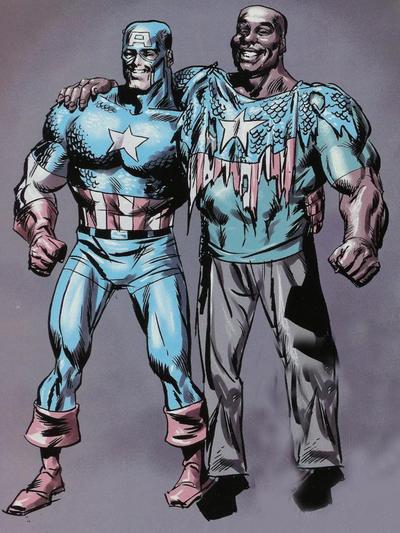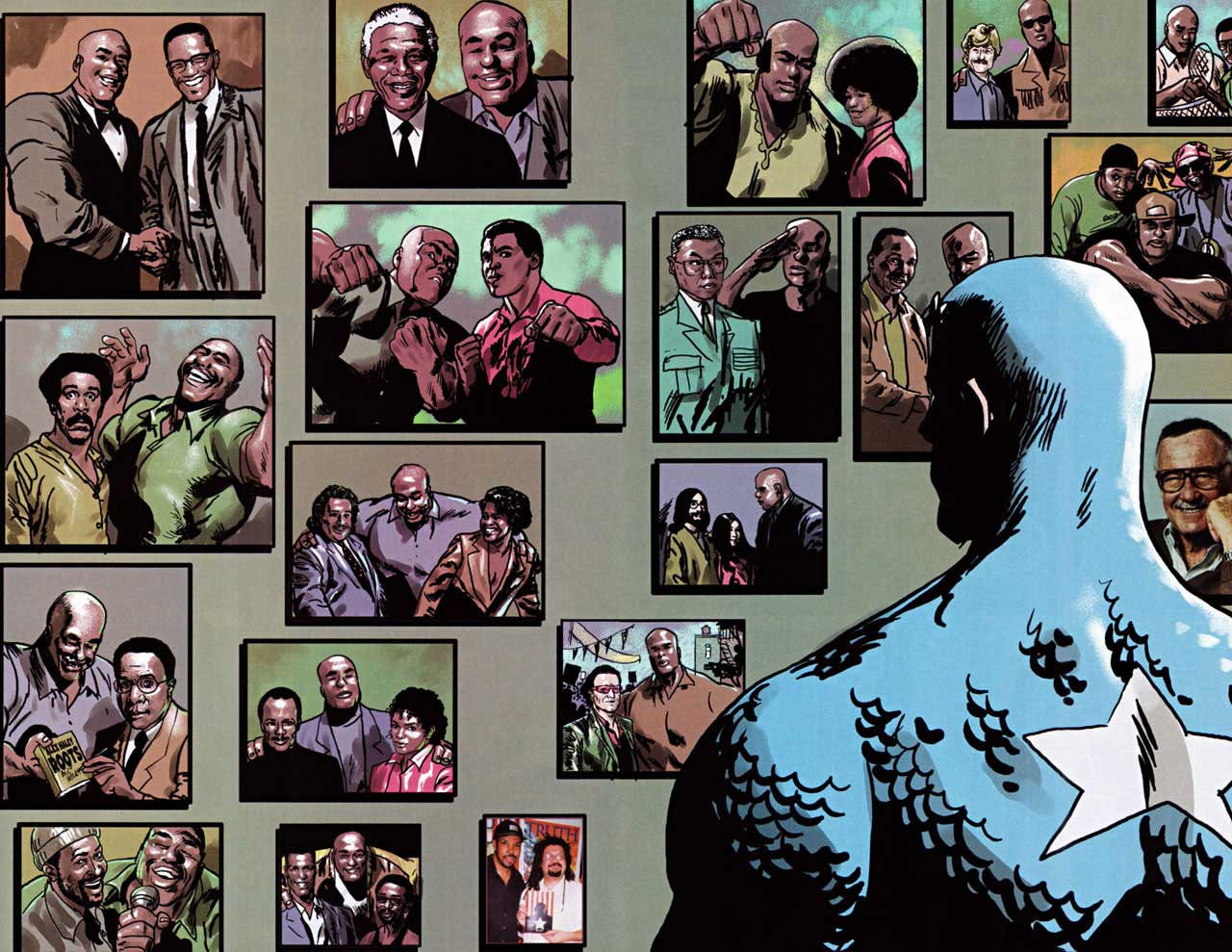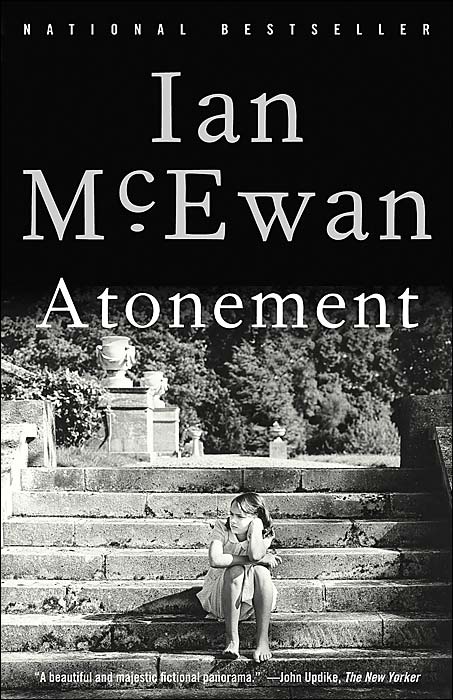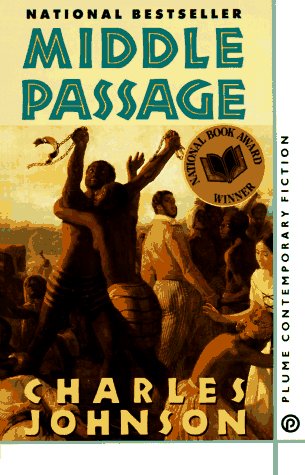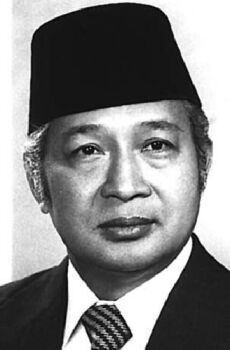This originally ran on Salon. They dropped out most of the links, unfortunately, and though I asked they never got around to putting them back…and I think the piece is much better with the links. So I decided I’d put it here so people could follow through and listen to all the music if they wanted.
__________
What’s the most covered song of all time? You only have to think about it for a minute to realize that it’s not an easy question to answer. In some sense, the most covered song ever (at least in the English speaking world) is probably “Happy Birthday To You” — sung by me, you, Marilyn Monroe, and everybody else. No doubt “The Star-Spangled Banner” would be up there as well. Below are some other tunes that could maybe be in the running for most covered song ever, depending on who you ask, what criteria your using, and how many times you hum through the tune yourself before you get to the end of the list.
“Goldberg Variations”
Can a performance of a classical composition count as a cover? It seems like technically it should; Glen Gould here is playing someone else’s song after all. If it does count, you’d have to figure that the big gun canonical repertoire would have to be more covered than just about any popular composition; people have been playing the Goldberg Variations for well over 250 years at this point. Gould’s performance is probably the most famous, but there are innumerable others, including this lovely harpsichord take from 1985 by Gustav Leonhardt.
“Amazing Grace”
This is just a scarce forty years or so more recent than the “Goldberg Variations”. Published by English poet and clergyman John Newton in 1779 to commemorate his decision to abandon the slave trade, the poem “Amazing Grace” eventually became paired with a tune called “New Britain.” It was sung extensively during the 19th century, and it’s remained a favorite in both black and white gospel traditions. The a cappella Sacred Harp version here from 1922 is thought to be the first recorded performance. Since then there have been more than 7000, by everyone from Mahalia Jackson to Paul Robeson to Destiny’s Child to Rod Stewart.
St. Louis Blues “
W.C. Handy’s 1914 song remains a standard in the jazz repertoire, and has been covered by numerous blues and country performers as well. The most famous version is the spectacular collaboration between Bessie Smith and Louis Armstrong from 1925, though the nonchalantly dazzling performance by Django Reinhardt here seems every bit as good. You should also check out the jovially unhinged Western swing performance by Bob Wills, the boogie woogie rendition by Earl Hines, the smooth quasi-classical high-falutin take by the John Kirby Orchestra, and the down home blues by Big Bill Broonzy.
“Summertime”
George Gershwin’s famous aria from the 1935 opera Porgy and Bess is one of the all-time great examples of cross-cultural American music. Inspired by African-American spirituals and based on a Ukrainian Yiddish lullaby, it’s been covered by more than 33,000 performers in a range of genres and idioms. Janis Joplin’s version is probably the best know — though to my ears it sounds strained and clumsy. Not horrible maybe, but certainly no match for Sarah Vaughan’s 1953 recording, nor for performances by Sidney Bechet, Billie Holiday, and the wonderful country guitar version by Doc Watson.
“Sweet Home Chicago”
“Sweet Home Chicago” is generally attributed to Robert Johnson, who recorded it in 1936, though it seems to have been based on earlier songs by Kokomo Arnold and others. Over time it picked up more Chicago-specific lyrics and became a kind of anthem for the city. These days it mostly serves to tell tourists they’re in the right place and make longtime residents wish they weren’t, but in its time it’s been covered by just about every major blues and/or rock artist who ever picked up an ax: Freddie King, Stevie Ray Vaughan, Buddy Guy, and of course the Blues Brothers version which I won’t link to because come on. HoneyBoy Edwards acoustic slide version is a particularly lovely take, harking back nicely to Johnson’s original.
White Christmas
Irving Berlin wrote this in 1941 and supposedly told his secretary, “Grab your pen and take down this song. I just wrote the best song I’ve ever written — heck, I just wrote the best song that anybody’s ever written!” Bing Crosby’s version may well be the best selling single of all time (more than 50 million copies sold,) but lots and lots of other acts have performed it as well, from Elvis to Frank Sinatra, to Doris Day to Taylor Swift to innumerable high school Christmas pageants. My favorite may be this famous 1954 effort with Bill Pinkney on bass vocals and Clyde McPhatter singing tenor. The Beach Boys also did a lovely version…and I’d be remiss if I left out that notable crooner, Iggy Pop.
Unchained Melody
Originally the theme for the little known 1955 prison film “Unchained”, Hy Jaret and Alex North’s soaring emota-thon went on to be a massive hit, with more than 500 cover versions. The best known version is the 1965 #4 smash by the Righteous Brothers, and there are great versions by Sam Cooke and Willie Nelson. Nobody does towering pop melodrama better than Roy Orbison though.
“Louie Louie”
Originally written in 1955 by rock and roll doo wop performer Richard Berry, the song is supposed to have more than 1600 cover versions. The most famous is the garbled primitive frat rock performance by the Kingsmen from 1963. I also love the startlingly effective torch song performance by Julie London, the great goof by the Fat Boys, Toots and the Maytalls reggae version, and of course Motorhead. But Berry’s much-neglected 1957 version may still be the best.
“Yesterday”
Paul McCartney’s nostalgic pop smash has had between 2 and 3000 cover versions — none of which are any good. No, not even the ones by Marvin Gaye and En Vogue. Best to just embrace the schlock, then, and go with Neil Diamond.
“Change the Beat”
Fab Five Fready’s 1982 experimental electropop single is often cited as the most sampled song ever. Hundreds of other songs sample the track, especially the phrase “Ahhh, this stuff is real fresh,” spoken through a vocoder. Herbie Hancock used it in 1983 for his song “Rockit“, and from there it featured in a dizzying array of hip-hop landmarks, including Eazy-E’s “Boyz in the Hood,” Slick Rick’s “The Show,” Eric B. and Rakim’s “Paid in Full,” and Schooly D’s “PSK, What Does It Mean?” It still shows up in tracks like Macklemore and Ryan Lewis’ “Thrift Shop” (not to mention Justin Bieber.)

